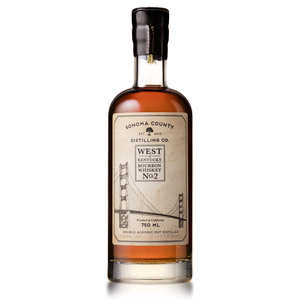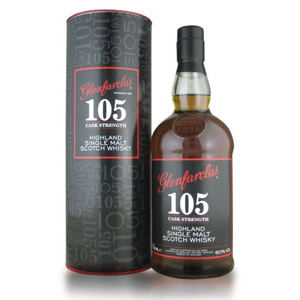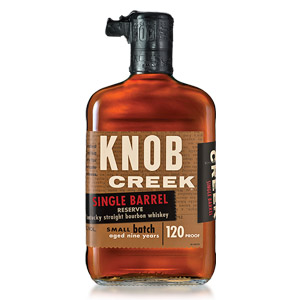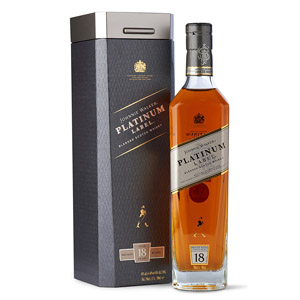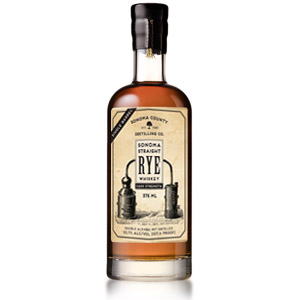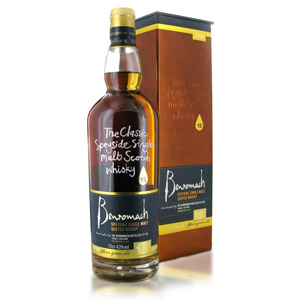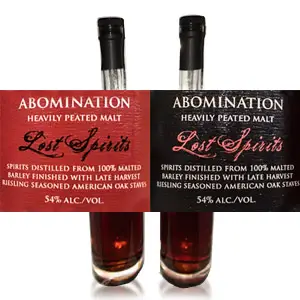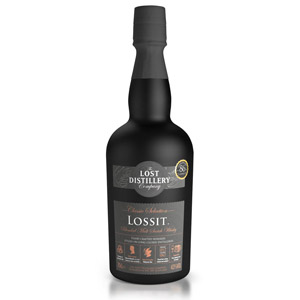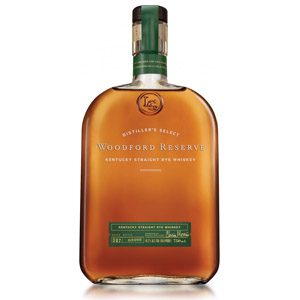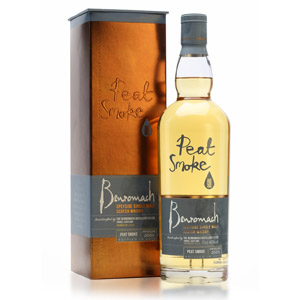Sonoma County Distilling Co. Cask Strength Bourbon No. 2
Sonoma County Distilling, located in Rohnert Park, CA and opened in 2010, uses direct-fired copper alembic pot stills for its whiskies, which are twice-distilled (like most single-malt scotches, which are also distilled in pot stills). The West of Kentucky Bourbon No. 2 has a mashbill of Midwest yellow corn, unmalted Canadian wheat, and malted barley from Wyoming.

